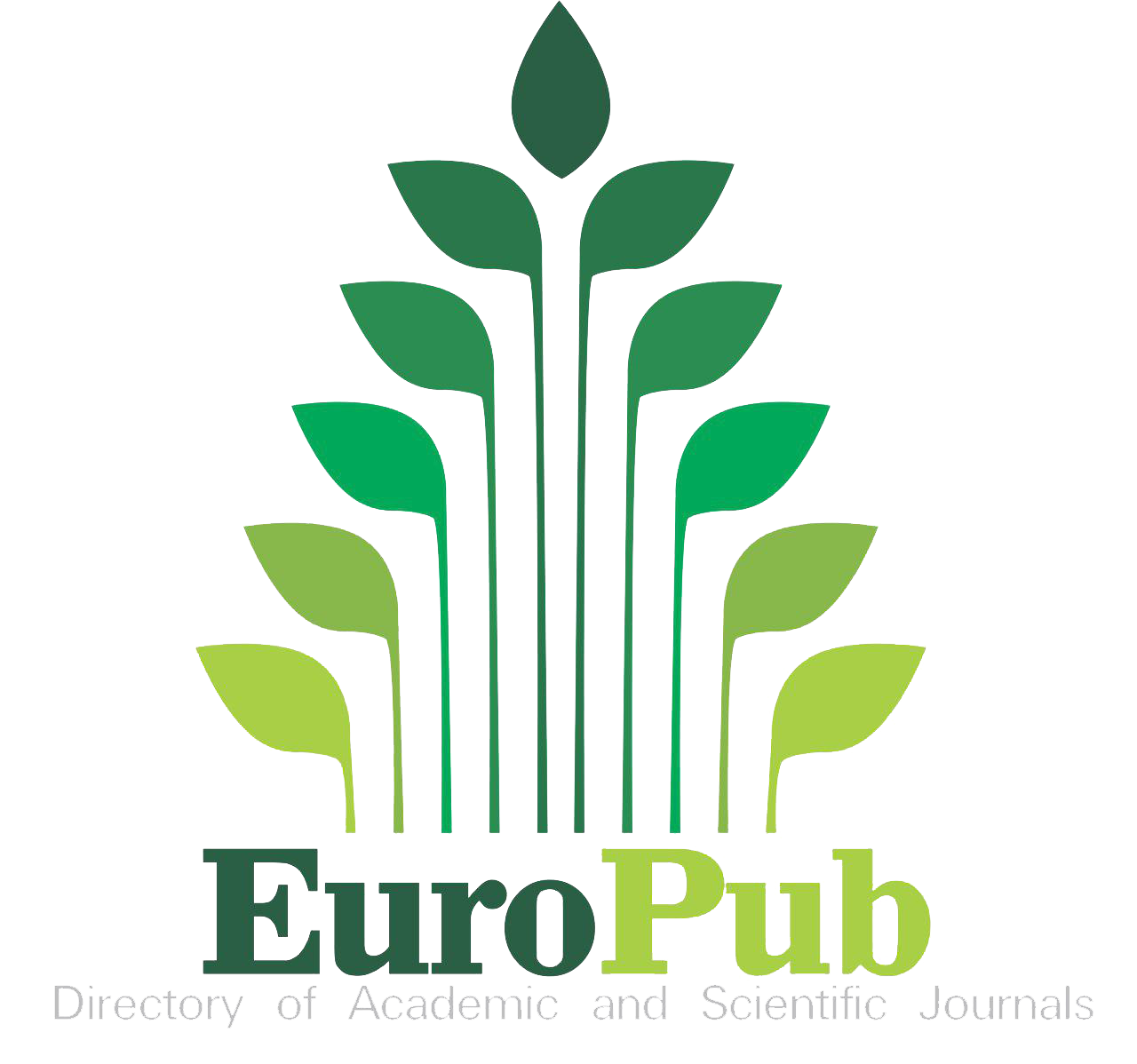EFFECT OF CALCIUM AND MODIFIED CONDITION ON THE POST HARVEST QUALITY OF TOMATO (LYCOPERSICON ESCULENTUM)
Keywords:
Tomato, Post harvest, Calcium, Storage, Lycopene, Physiological lossAbstract
Major losses in tomato quality and quantity occur between harvest and consumption. Keeping this in view, the
present study was conducted to study the effect of calcium chloride, packaging and storage conditions on quality
and shelf life of tomato. The physico-chemical characteristics and shelf life of tomato fruits (cv. himsona) treated
with calcium chloride (0.5, 1.0 and 1.5 per cent) along with different packaging materials were studied under
ambient and refrigerated conditions. Among the tested treatments a significant delay in the change of weight loss
(5.16%), rotting percentage (5.59%) and lycopene accumulation (3.38%) was exhibited by fruits treated with 1.5
per cent calcium chloride, packed in LDPE bags (20 μ thickness) and stored under refrigerated conditions
whereas, in ambient conditions the weight loss was 9.20 %, decay per cent was 12.82 and lycopene accumula-
tion was 3.45 %.The shelf life of tomato under this condition extended upto 33 days as compared to non- treated
ones (10 days).Hence, it could be concluded that post harvest chemical treatment with calcium chloride (1.5%)
has the potential to control decaying incidence, prolong the storage life and preserve valuable attributes of the
tomato fruit.

















